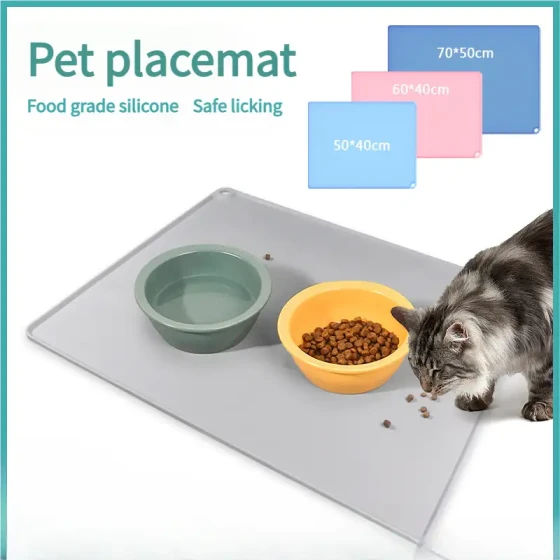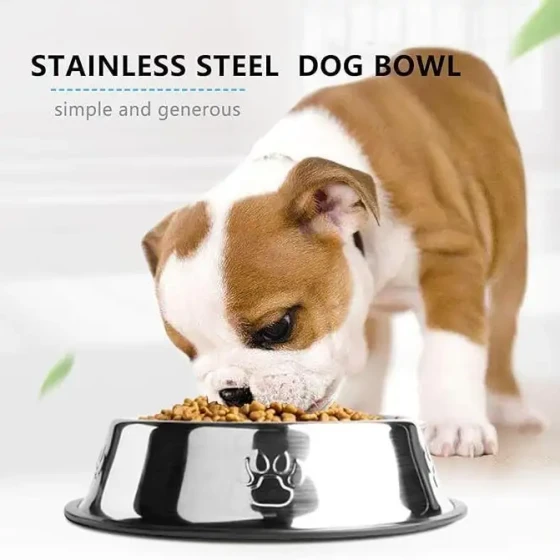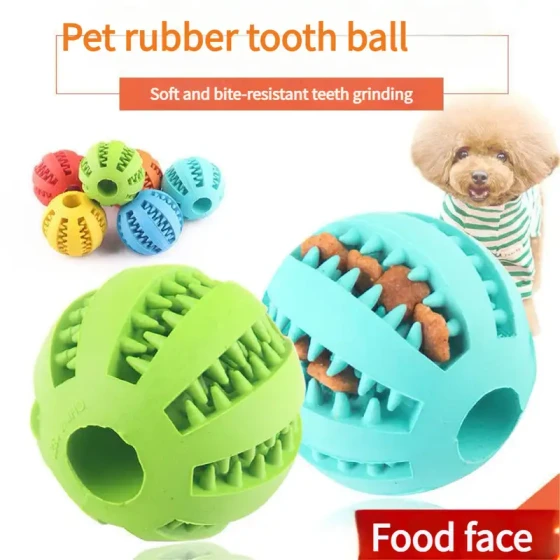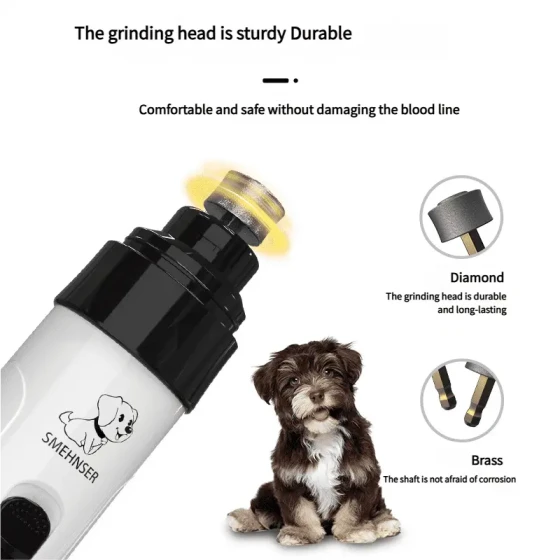How to Judge Whether a Husky Is Purebred
Husky, also known as Siberian Husky, has become increasingly popular among dog lovers due to its friendly, lively personality and handsome flashy appearance. However, the popularity has also led to market confusion. People who do not know much about the breed can easily be misled by sellers and get deceived. This article introduces how to judge whether a husky is purebred.
1. Breed History
As one of the oldest dog breeds, huskies still bear traces of being originally bred as working dogs. Therefore, understanding the breed’s history can help us make better choices.
The development history of the husky can be traced back to before the Neolithic period, when primitive tribes migrated to the polar regions (now Siberia) and brought their dogs with them. These dogs gradually developed into a northern-specific breed after long-term crossbreeding with local Arctic wolves. Among them, the Chukchi people bred dogs that were highly cold-resistant, had low food consumption, and streamlined bodies specifically for sled pulling and livestock guarding, producing the Siberian Chukchi dog, regarded as the ancestor of the husky.
In the early 18th century, the breed was recognized by Americans living in Alaska. By the early 20th century, the breed appeared in dog shows for the first time. It was officially recognized by the AKC (American Kennel Club) in the 1930s.
2. Breed Characteristics
1. Overall: Huskies are medium-sized working dogs with moderate size, well-proportioned bodies, and elegant lines.
2. Head and Face: Moderate size, proportionate to the body, top slightly curved. The face has a recess called the stop point; the bridge of the nose from the stop to the tip should be straight. An unclear stop point is considered a flaw.

Figure 1 The stop point on a husky’s face
3. Muzzle: Medium length, the length from the stop point to the nose tip should be equal to the length from the stop point to the occiput; width moderate, gradually tapering toward the muzzle; end curved, neither pointed nor square. Muzzles that are too thin, square, long, or short are flaws.

Figure 2 Lengths from stop point to occiput and to nose tip should be equal in huskies
4. Eyes: Moderate spacing, almond-shaped, slightly upturned outer corners. Colors include blue, brown, heterochromia (one brown, one blue), and a few are mixed color, all acceptable. Brown shades vary from light to dark, even blackish, this does not affect purity judgment. Extremely slanted eyes or eyes too close together are flaws.

Figure 3 Common eye colors of huskies
5. Ears: Erect, triangular, moderate size, close together, positioned high on the head, thickly furred, slightly rounded tips, standing straight upward. Disproportionate ears, too large, too widely spaced, or unable to stand erect are flaws.
6. Nose Leather: Colors generally black, liver, or pink stripes (snow nose). Pure white huskies may have fresh-colored noses, all acceptable.

Figure 4 Common nose leather colors in huskies
7. Body: Streamlined overall, well-balanced proportions. Back straight and strong, waist narrower than chest, slightly tucked up, slight drop from hips to tailbone. Neck too short, thick, or long; chest too wide; loose or weak back, arched back, or sloped topline are considered flaws.
8. Forelimbs: Viewed from the front, legs moderately spaced, parallel, straight; elbows close to the body, neither turning in nor out; length from elbow to withers slightly less than from elbow to ground. Strong bones and developed muscles. Paws moderate size with thick hair between toes and pads; paws should not turn inward or outward. Weak forelimbs, too wide or narrow spacing between legs, elbow deviations, oversized or undersized paws, or turned paws are all flaws.

Figure 5 Length from elbow to withers slightly less than elbow to ground
9. Hindlimbs: Viewed from behind, legs moderately spaced and parallel. Clear bend at the stifle joint and clearly defined hock joint. Straight stifle joints; hindquarters too narrow or too wide are flaws.
10. Coat: Double coat, dense but does not obscure body contours. Undercoat soft and dense, length sufficient to support outer coat; outer coat coarser, smooth, and soft. Coat that is too long, coarse, or messy is a flaw. Note: during molting periods, no undercoat is present.
11. Colors: Black and white, gray and white, red and white, brown and white, pure white, all colors including some head patches are allowed.
3. Purchase Considerations
1. Observe the health condition of the dog. Choose dogs that are energetic, lively, responsive; eyes and external ear canals basically free of discharge or marks; anus area clean; coat smooth. Request immunization proof from the seller. For puppies too young to have first vaccination (45 days for parvovirus and distemper, 90 days for rabies), ask for the mother’s immunization certificate.
2. To judge if an adult dog is purebred, verify individually against the breed traits listed above.
3. Observe the sire and dam, which is an important reference for assessing a puppy’s purity. Purchase from reputable kennels or pet friends who breed their own dogs. Also check if the dam has recently whelped to avoid “show dog” sampling.
4. Regarding appearance, avoid all above-mentioned flaws. Also, the recently popular “three-fire” blue eyes relate only to individual appearance, not to breed purity.





